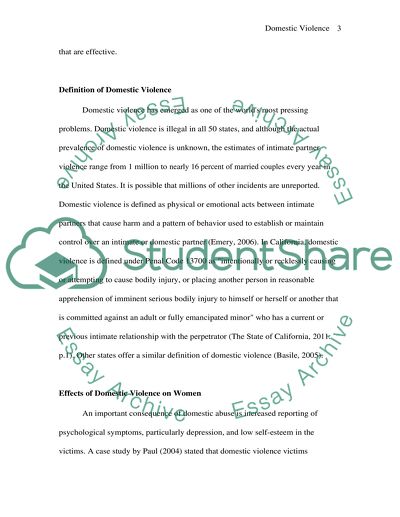Cite this document
(“Domestic Violence. Effects of Domestic Violence on Women Essay”, n.d.)
Retrieved de https://studentshare.org/psychology/1391449-domestic-violence-effects-of-domestic-violence-on-women
Retrieved de https://studentshare.org/psychology/1391449-domestic-violence-effects-of-domestic-violence-on-women
(Domestic Violence. Effects of Domestic Violence on Women Essay)
https://studentshare.org/psychology/1391449-domestic-violence-effects-of-domestic-violence-on-women.
https://studentshare.org/psychology/1391449-domestic-violence-effects-of-domestic-violence-on-women.
“Domestic Violence. Effects of Domestic Violence on Women Essay”, n.d. https://studentshare.org/psychology/1391449-domestic-violence-effects-of-domestic-violence-on-women.


